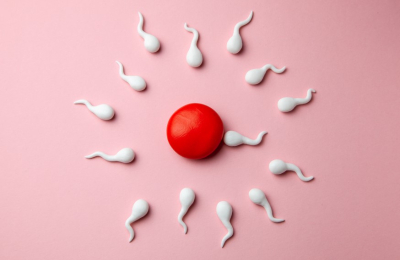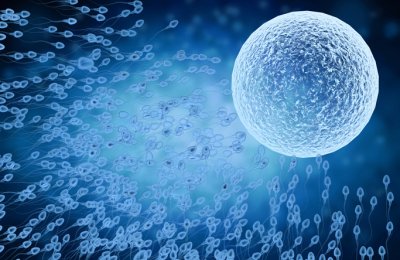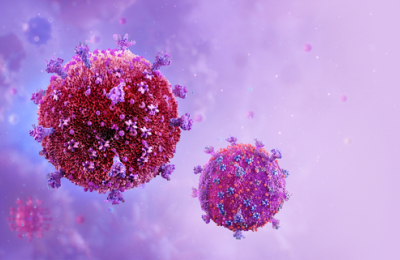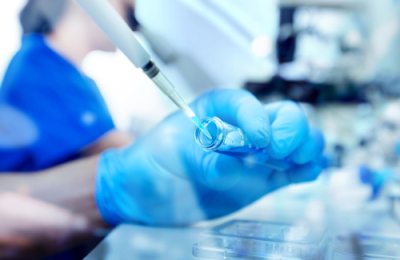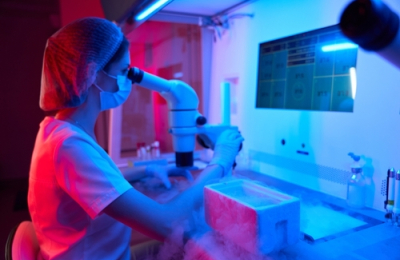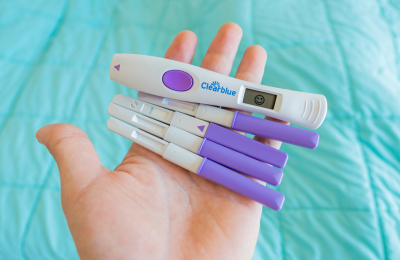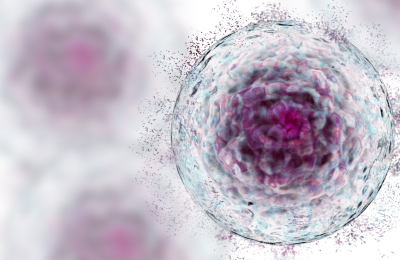
A new method of creating eggs from skin cells has been demonstrated in mice, and could have potential for treating infertility in future...
The research, conducted at Oregon Health & Science University (OHSU) and published in Science Advances, describes a new technique for in vitro gametogenesis (IVG), which is the process of making gametes outside the body. The researchers hope that in future it could offer an avenue for women who cannot produce eggs to have children. It also has the potential to enable same-sex male couples to conceive children that are genetically related to both parents.
'Our technology would enable infertile patients to have genetically-related children, providing a path to parenthood that is currently unavailable even with IVF,' said senior author Professor Shoukhrat Mitalipov, director of the OHSU Centre for Embryonic Cell and Gene Therapy, adding that existing existing options 'forced people to use donated sperm or eggs and have genetically-unrelated children.'
Current methods of IVG are lengthy and involve reprogramming skin cells into stem cells, which can give rise to a variety of other specialised cell types. The stem cells are then transformed into sperm or egg cells.
The new approach is much faster and involves transferring the nucleus – containing most of the cell's genetic material – from a skin cell into a donor egg which has had its nucleus removed. After being installed, the skin cell nucleus then discards half of its chromosomes, which results in the formation of an egg with a single set of chromosomes. This crucial step ensures the egg has the correct number of chromosomes and is similar to the process of meiosis that happens in nature.
The egg can then be fertilised by a sperm, which also contains a single set of chromosomes. This creates an embryo with two sets of chromosomes, one from each parent.
'We’re skipping that whole step of cell reprogramming,' said co-author Professor Paula Amato, who is professor of obstetrics and gynaecology at the OHSU School of Medicine. 'The advantage of our technique is that it avoids the long culture time it takes to reprogramme the cell. Over several months, a lot of harmful genetic and epigenetic changes can happen.'
However, she said that it could be years before the technique would be ready for clinical use, despite researchers studying the approach in human eggs and embryos: 'There is still a lot of work that needs to be done to understand how these chromosomes pair and how they faithfully divide to actually reproduce what happens in nature.'





















